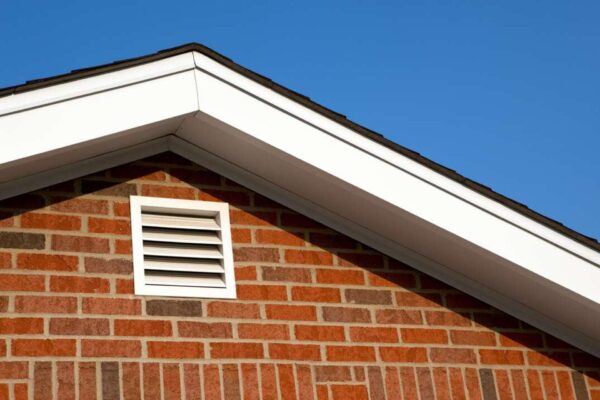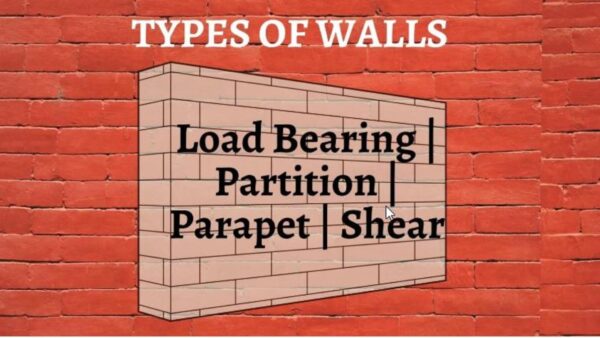Roof valleys are critical junctures in any roofing system, where two slopes meet to form a V-shaped channel.
This design ensures efficient water flow off the roof, directing it into gutters. However, the very nature of this area, constantly bombarded with water, debris, and sometimes ice, makes it highly susceptible to leaks.
If not properly installed, sealed, and maintained, a roof valley can become a significant point of failure, leading to water damage and costly repairs.
A roof valley, the point where two sloping roof planes intersect, is a common area for leaks to occur, especially during heavy rainfall.
When not properly maintained or sealed, valleys can allow water to seep through, causing damage to your home’s interior, including walls, ceilings, and insulation.
Fixing a leaky roof valley is crucial to protect your property and prevent further costly repairs.

In this guide, we’ll walk you through the steps to identify and fix a leaky roof valley. We’ll cover the importance of proper flashing installation, the materials needed for the repair process, and the techniques used to ensure a watertight seal.
Preventing Roof Valley Leaks During Heavy Rain
Roof valleys, the V-shaped channels where two sloping roof planes meet, are particularly vulnerable to leaks during heavy rainfall.
As water rushes down the roof, it converges in the valleys, creating a higher volume of water flow. If the valleys are not properly sealed or maintained, this excess water can seep through, causing leaks and potential damage to your home’s interior.
To fix roof valley leaks, it’s essential to ensure that your roof valleys are adequately sealed with a durable, waterproof material such as metal flashing or a specialized membrane.
Regular inspections and maintenance can help identify and address any signs of wear, damage, or debris accumulation in the valleys.
If you suspect a leak or notice any water stains on your ceiling, it’s crucial to contact a professional roofing contractor promptly to assess the situation and make necessary repairs before the problem worsens.






